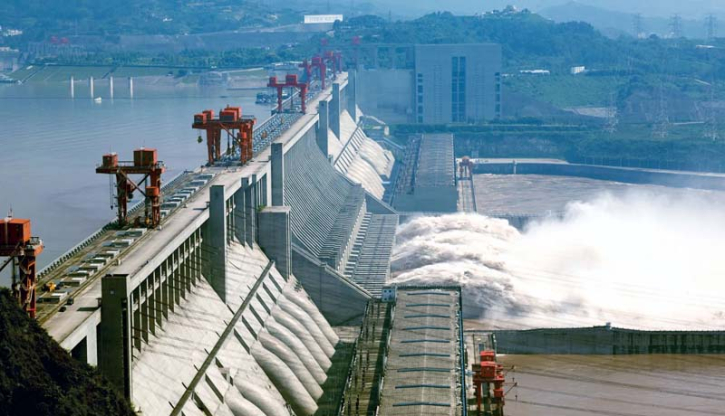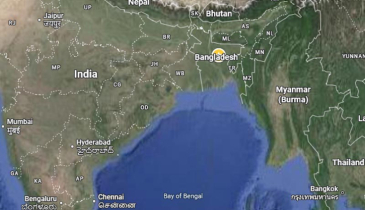China's mega dam in Tibet sparks fears of ‘Water War' in India

India is raising alarm over China’s plan to build the world’s largest hydropower dam in Tibet, fearing the project could drastically cut water flow into the Brahmaputra River system and threaten millions of livelihoods downstream.
According to a government assessment reviewed by officials and four sources familiar with the matter, Delhi estimates the Chinese mega-dam could reduce water inflows into India by up to 85% during the dry season. The project, which broke ground in July and is expected to cost nearly $170 billion, just before the Yarlung Zangbo river crosses into India’s Arunachal Pradesh, where it becomes the Siang and later the Brahmaputra.
India is accelerating long-delayed plans for the Upper Siang Multipurpose Storage Dam, which, if built, would be the country’s largest dam. The state-owned hydropower company NHPC recently moved survey equipment into the proposed site under armed police protection, reflecting security sensitivities in the border region.
Prime Minister Narendra Modi’s office chaired a high-level meeting in July to discuss fast-tracking the project, sources said, with top officials warning of strategic and environmental consequences if China gains unilateral control over water flows.
India has been studying dam options on the Siang since the early 2000s, but plans repeatedly stalled due to local opposition in Arunachal Pradesh, where communities fear submergence of villages, loss of farmland, and destruction of Indigenous ways of life.
The Strategic Stakes
The Brahmaputra basin sustains more than 100 million people across China, India, and Bangladesh. Any major disruption to its flow could have serious consequences for agriculture, fisheries, and energy security across South Asia.
The Indian analysis suggests Beijing could divert up to 40 billion cubic meters of water annually—around one-third of what India receives at a key monitoring point along the border. While the greatest risk would be felt during the lean, non-monsoon months, Indian experts warn of a second danger: sudden, large water releases from the Chinese dam that could cause flash floods downstream.
Analysts in New Delhi also point out that the dam has strategic implications beyond water management. By controlling flows from the Angsi Glacier, Beijing could gain a potential tool of leverage in its longstanding border disputes with India, especially in Arunachal Pradesh, where China lays territorial claims.
Diplomatic and Regional Repercussions
India’s External Affairs Minister S. Jaishankar formally raised the issue with his Chinese counterpart during talks on August 18, stressing that water security is directly linked to the safety of communities in Assam and Arunachal Pradesh.
Beijing has so far released only limited details about the mega-dam, framing it as part of its green energy transition. But critics argue it could be “weaponized” in a future conflict, much like trade and technology.
The controversy also comes amid heightened regional tensions. Earlier this year, India suspended its participation in the 1960 Indus Waters Treaty with Pakistan and has considered diverting river flows away from its downstream rival. Islamabad, a close ally of Beijing, has accused New Delhi of using water as a political weapon.
Experts say the emerging “dam race” between China and India risks not only destabilizing fragile ecosystems in the Himalayas but also fuelling a new dimension of conflict—water wars—in South Asia.
.png)









